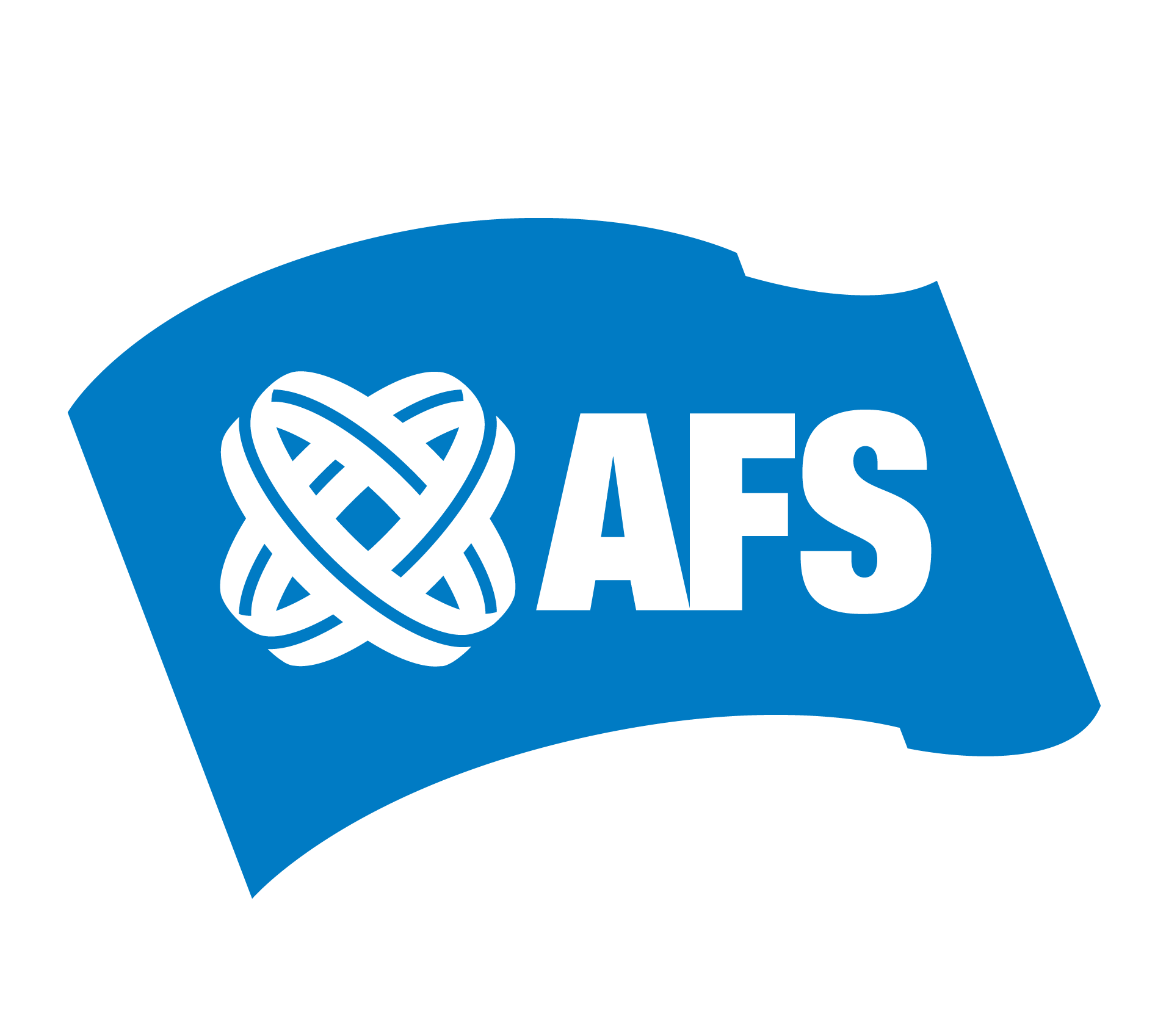Even with all its flaws, there’s no denying that the TSA works hard to make travel not just safer, but, believe it or not, more convenient. Sure, there are lawmakers who’d love to abolish it, but let’s give credit where it’s due: TSA has made some real upgrades over the years. And we’re not just talking about programs like TSA PreCheck or those scanners that let you leave your liquids in your bag. One of their more surprising innovations is facial recognition technology — something that has been at play since 2020. But if the thought of the TSA having a snapshot of your face feels too “Black Mirror,” the good news is that you can opt out.
Now, the TSA insists that the implementation of facial recognition technology isn’t just some data grab — it’s meant to speed up security lines, which, truth be told, could use all the help they could get. “We view this as better for security, much more efficient, because the image capture is fast and you’ll save several seconds, if not a minute. Facial recognition, first and foremost, is much, much more accurate. And we’ve tested this extensively,” noted TSA administrator David Pekoske in a statement to CBS News. He also claims that it bumps accuracy from 80% with human agents to 100% using the tech.
Essentially, how it works is that the system scans your face, checks it against your ID, and if it matches, you’re cleared. If it doesn’t, a human steps in. But in an ideal scenario, you’re supposed to just breeze through the whole thing. And again, if the entire process makes you uncomfortable, it’s your right to opt out. The kicker, however, is that you may only do so if you’re an American citizen or a green card holder — at least for international flights.
You won’t get in trouble if you decide to opt out
As of this writing, facial recognition technology is being implemented in over 230 airports across the U.S. And yes, while it’s increasingly common, American citizens and permanent residents can opt out for both international and domestic flights, while non-citizens may only opt out for domestic ones. Now, technically, the TSA should have noticeable signs informing you that you can opt out, but in reality, those signs might as well be invisible. Fortunately, the U.S. Customs and Border Protection (CBP) has been pretty clear on its website that those who do not want to be subject to facial recognition “may request alternative processing.”
And what is this ominous-sounding “alternative processing,” you ask? Don’t worry — it doesn’t involve being pulled aside for a secondary screening. If you want to opt out, all you need to do is stand away from the camera and tell the TSA officer in charge that you’re opting out of biometrics. That’s about it, really. They’ll then verify you the old-fashioned way by checking your ID and ensuring your face matches it. TSA also promises that you won’t experience any “negative consequences,” delays, or penalties for doing so. You should be able to move through the process just as smoothly as you would have if you had your face scanned.
But let’s say that the system manages to capture your photo anyway. In that case, TSA assures that those images aren’t stored — unless it’s during a testing period to check the system’s efficacy. They attest that your data won’t be used for anything related to law enforcement, either. The bottom line to all this? Know that you have a choice. Just speak up, step aside, and skip the scan if you want to.
